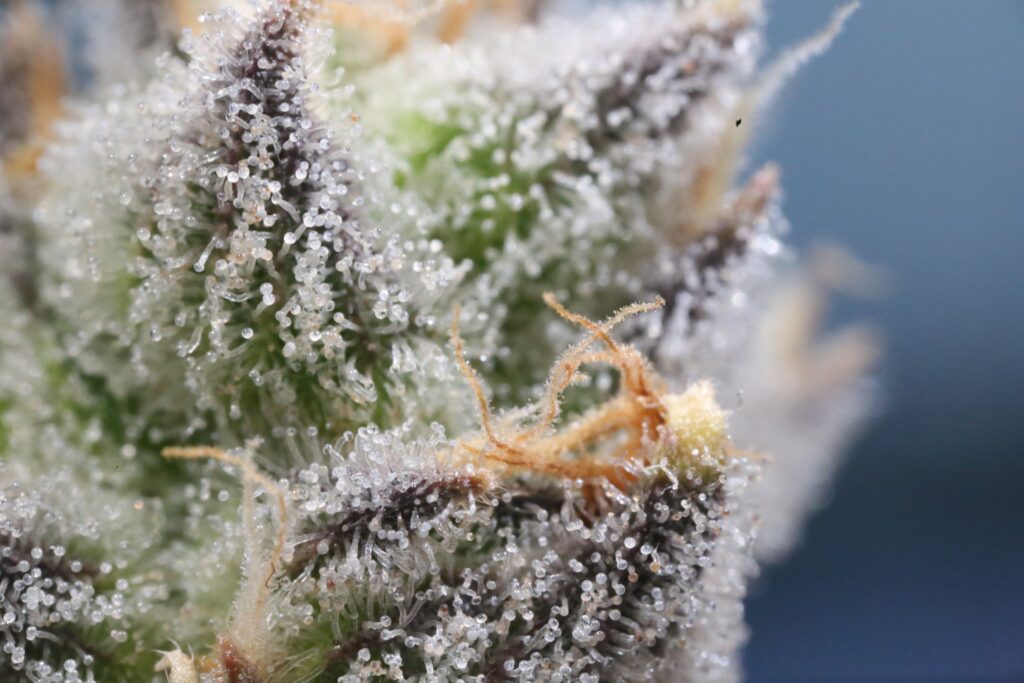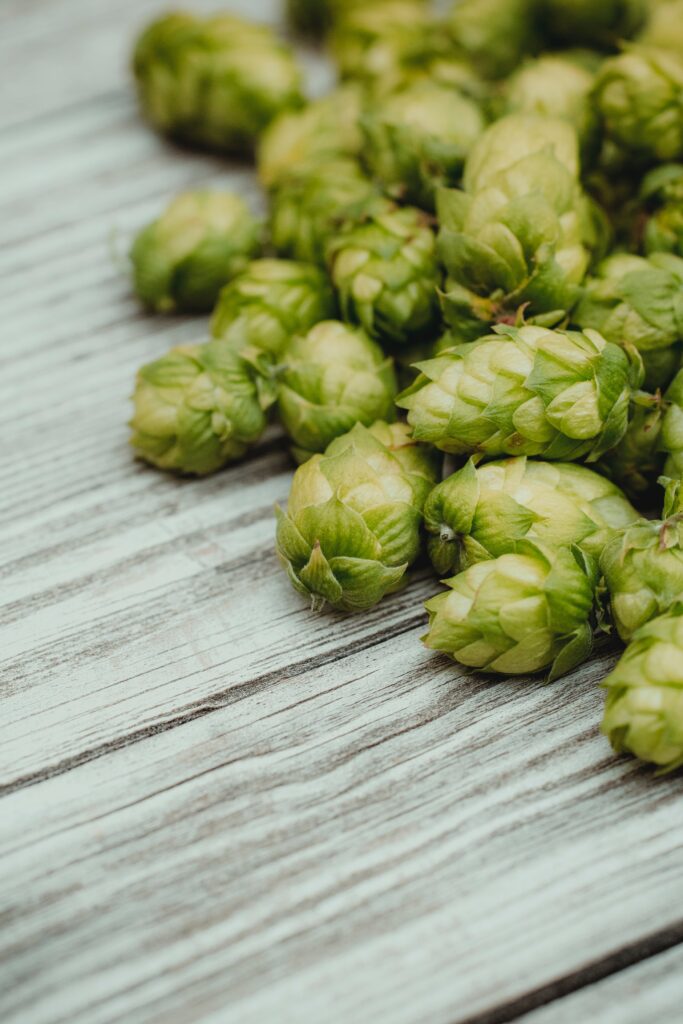There are thousands of terpenes that have been discovered, but only around 150 have been found in cannabis.
The smell of cannabis. So unique that most people can instantly identify it, even if they’ve never smoked. It’s musky, skunky, and sometimes even fruity. But how does cannabis get this unique scent?
Introducing terpenes! Or terps for short. Terpenes appear in almost all plants and are responsible for the aroma. If you’re still lost, they are a main component of the more commonly known essential oils.
In cannabis plants, terpenes can affect not only the smell but the taste as well. We’ve tried strains that taste almost like candy! Research is also starting to show that terpenes play an essential role in how different types of weed strains can have varying effects. This is the “entourage effect.” We will dive deeper into this as we dive deeper into cannabis terpenes.
Where do terpenes exist
If you’re looking at a cannabis plant, you may wonder where these terpenes exist. Easy. They’re in the trichomes (image to the right). These sticky, clear resin glands mainly appear on the flower.
If you want to go more in-depth into the science of which terpenes are in which trichome types, check out this article.

Why do terpenes exist?
Terpenes are in existence to stave off predators and/or to attract pollinators. Simply put, they are a survival mechanism. Aside from smell and taste, they can also change the colors of the leaves and plants.
Factors in terpene percentage
Since terpenes are a survival mechanism, they can appear at different stages of a plant’s life, and sometimes not at all. They are dependent on the plant’s environment. Check the graphic to see some of the factors that can influence terpene amount.
Moreso, If a plant is grown outdoors, there tend to be more uncontrollable variables than if it were grown indoors. This is because you are relying on the natural process. The sun isn’t always out, there are far more predators and you can’t control the temperature at the press of a button. This doesn’t mean outdoor growing is bad at all, it just means that it will be harder to control terpene levels.
*Factors not included: conditions of cultivation, weather and microclimate, storage time before analysis, part of a plant, or method of sample processing.

Terpenes and our body
Using terpenes for the supposed benefits is nothing new. Human use dates back as far as 4500 BC in Ancient Egypt, according to this PubMed article. Only, we have typically used them as essential oils and not as terpenes alone.
Examples of usage have ranged from cosmetics, ointments, aromatherapy, and even healing. You may have heard of people using lavender to relax, whether it’s through aromatherapy or even smoking! Well, the main terpene in lavender is linalool, which is a sedative. If you’ve smoked a strain that calms you, chances are there was a decent amount of linalool present.
Most common terpenes in cannabis and their effects
We just talked about linalool being present in cannabis. Now let’s look at the other most common terpenes and their effects in the image below!

Let’s get a brief overview of what some of these medical effect terms mean.
Anti-inflammatory – decrease or eliminate pain by reducing inflammation directly. Inflammation is our body’s reaction to being hurt or sick. When it persists for too long, it can be detrimental.
Antioxidant – prevents or delays types of cell damage. Diets high in antioxidants (vegetables and fruits) have shown to decrease risk of disease. There is ongoing research as to whether or not cannabis has this effect as well.
Sedative – creates a calm, soothing effect and sometimes even sleep. Can help reduce anxiety and irritability. This is what cannabis has long been known for.
Entourage Effect
Finally, we get to talk about the “entourage effect.” By definition, entourage means – a group of people surrounding an important person. While we aren’t talking about a person, rather cannabis, the same applies.
There are a group of chemicals and compounds that make up a cannabis plant. Many of these are cannabinoids, flavonoids, and terpenes! An estimated 100+ cannabinoids, 20+ flavonoids, and 150+ terpenes have been found so far.
These groups of compounds are thought to work together, in synergy, to create this entourage effect. As the legendary philosopher Aristotle once said, “the whole is greater than the sum of its parts.” The system that these compounds create is more important than each individual part on their own.
Overview
- There are around 150 terpenes in cannabis
- They aren’t all found in every strain
- Terpenes are in the trichomes
- Many factors exist regarding terpene presence and percentage
- Myrcene is the most recognized and most common
- They contribute to the entourage effect
References:
- Elshafie HS, Camele I. An Overview of the Biological Effects of Some Mediterranean Essential Oils on Human Health. Biomed Res Int. 2017;2017:9268468. doi: 10.1155/2017/9268468. Epub 2017 Nov 5. PMID: 29230418; PMCID: PMC5694587.
- Hanuš LO, Hod Y. Terpenes/Terpenoids in Cannabis: Are They Important? Med Cannabis Cannabinoids. 2020 Aug 10;3(1):25-60. doi: 10.1159/000509733. PMID: 34676339; PMCID: PMC8489319.
- Sommano SR, Chittasupho C, Ruksiriwanich W, Jantrawut P. The Cannabis Terpenes. Molecules. 2020 Dec 8;25(24):5792. doi: 10.3390/molecules25245792. PMID: 33302574; PMCID: PMC7763918.

